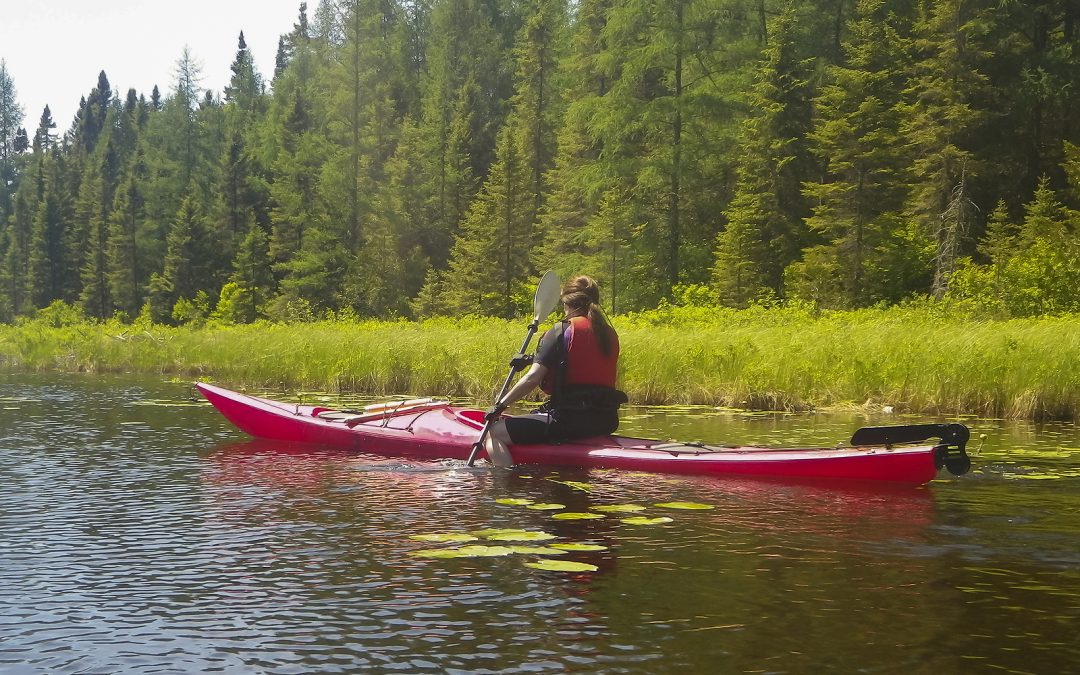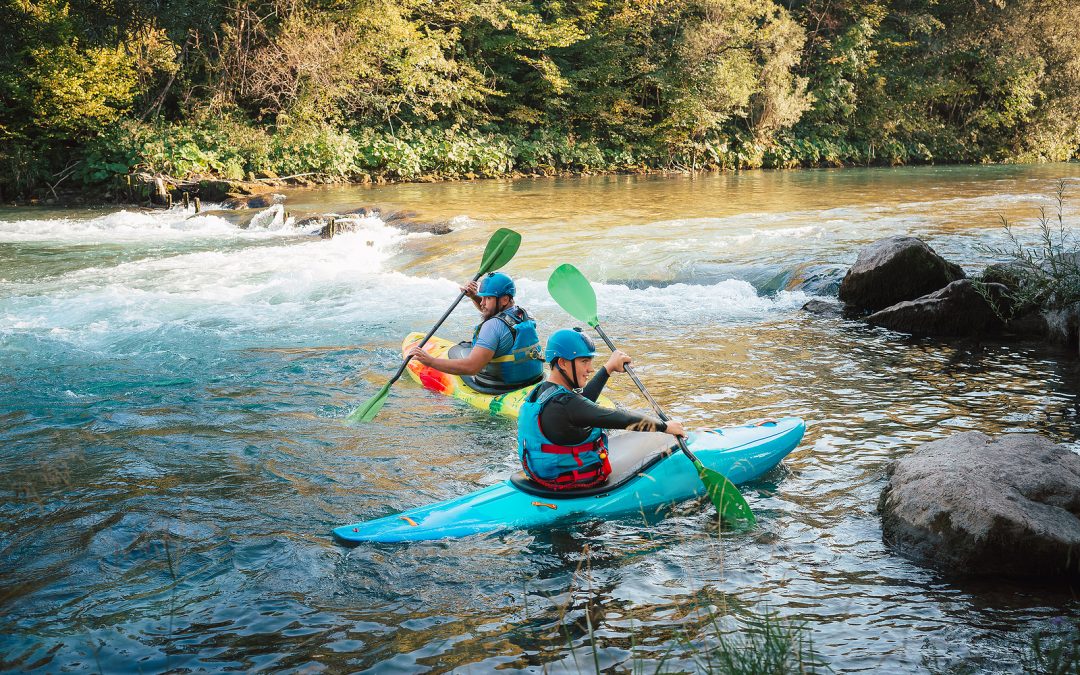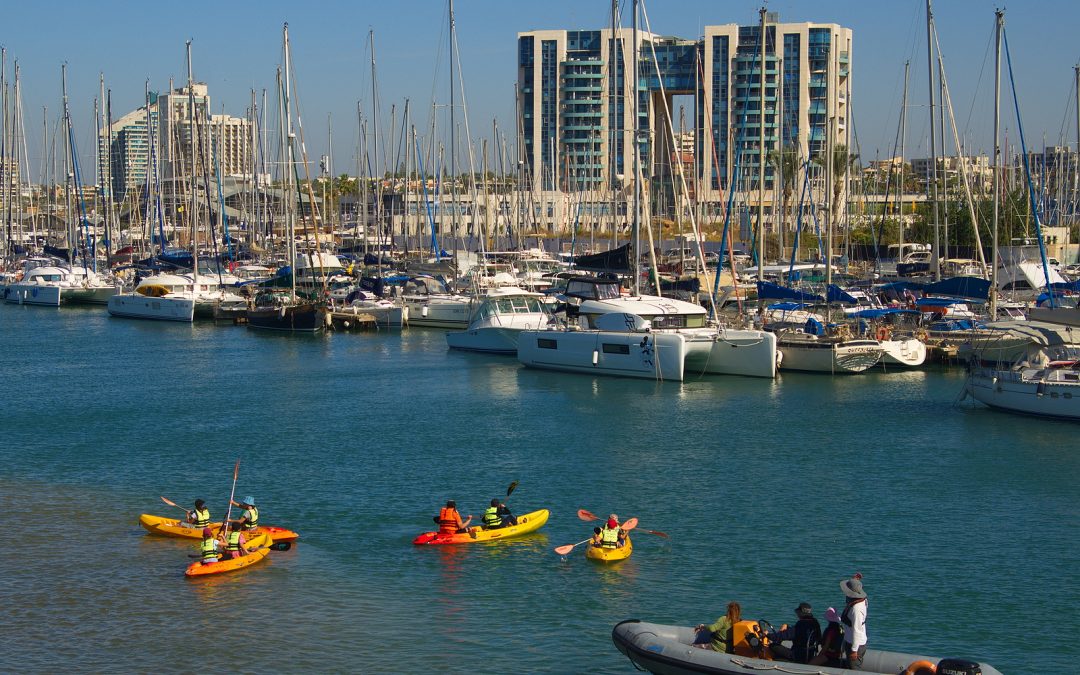One advanced technique is the high brace stroke, which is used to prevent capsizing in rough water. Another technique is the low brace stroke, which helps to maintain balance and stability in choppy conditions. The draw stroke is another advanced technique that allows you to move your kayak sideways without turning.
For experts, mastering the roll is a crucial skill. This technique allows you to right your kayak if it capsizes while remaining in the boat. Additionally, advanced paddlers often use the sculling draw stroke to maneuver their kayak in tight spaces or around obstacles.
Regardless of your skill level, it’s important to continually practice and refine your paddle techniques to become a more proficient kayaker. Keep in mind that safety should always be a top priority when attempting advanced techniques, and it’s advisable to seek instruction from a certified kayaking instructor.
Key Takeaways:
- Discover the core techniques for advanced kayaking.
- Learn how to grip your paddle for maximum control and efficiency.
- Understand the intricacies of the forward and reverse strokes.
- Get to grips with the sweep and draw strokes for better maneuverability.
- Equip yourself with the knowledge to choose the right paddle and maintain it.
Mastering the Paddle: A Start to Advanced Techniques

Welcome to the water’s edge, where the journey to advanced kayaking paddle techniques begins. Whether you’re just starting out or you’re a seasoned kayaker looking to refine your skills, this guide is your paddle in the water, steering you towards paddling prowess.
The Art of Paddle Gripping
First things first, let’s talk about how you hold your paddle. It might seem trivial, but the grip is where your connection to the water begins. A proper grip ensures you have control and can apply power effectively. Here’s how to get it right:
- Hold the paddle with both hands just over shoulder-width apart.
- Imagine you’re shaking hands with the paddle to find the angle that feels natural.
- Keep your grip relaxed to avoid fatigue; your knuckles should be white from gripping the excitement, not the paddle!
Navigating the Forward Stroke
The forward stroke is your bread and butter; it’s what propels you through the water. But there’s a difference between just paddling and paddling efficiently. Here’s how to perfect the forward stroke:
- Start with the paddle blade fully submerged near your feet.
- Push with your upper hand while pulling with your lower hand.
- Engage your core — it’s not just an arm workout.
- End the stroke by your hip to avoid wasting energy.
Mastering the Reverse Stroke for Control
Just as important as moving forward is the ability to stop and go backward. The reverse stroke is your kayak’s brake and reverse gear all in one. Here’s the rundown:
- Begin the stroke at your hip, pushing the blade forward through the water.
- Keep your elbows bent and close to your body to maintain power.
- Look over your shoulder in the direction you’re moving to stay aware of your surroundings.
Sweep Stroke: The Turn Initiator
When you need to turn, the sweep stroke is your go-to. It’s like drawing a big arc in the water with your paddle. To execute a sweep stroke that really turns the kayak:
- Extend the stroke from the bow to the stern, making a wide arc.
- Keep the blade as flat as possible to carve through the water.
- Use your torso to power the stroke, not just your arms.
Sideways Maneuvering: Perfecting the Draw Stroke
Sometimes you need to move sideways, and that’s where the draw stroke shines. Whether you’re avoiding an obstacle or sidling up to a dock, the draw stroke gets you there. Here’s how:
- Reach out to the side and place the paddle blade in the water, parallel to the kayak.
- Pull the water towards you, bringing the kayak sideways.
- Keep your strokes short and close to the boat for better control.
Now that we’ve covered the basic strokes, remember that practice makes perfect. Spend time on the water, and these techniques will become second nature. Besides that, you’ll be building the foundation for even more advanced maneuvers.
Paddling Essentials: Core Techniques

Before we dive into the advanced stuff, let’s ensure your basics are solid. These core techniques are the building blocks for advanced paddling.
Most importantly, always start with a warm-up. Paddling uses a lot of muscles, some of which don’t see much action in daily life. Stretch your arms, shoulders, and back to prepare for the session ahead.
Now, let’s focus on the strokes that will serve as the foundation for your advanced techniques. We’ve touched on the forward, reverse, sweep, and draw strokes. But there’s more to these than just the motions. You need to consider your posture, how you engage your core, and even the way you finish each stroke.
Because kayaking is as much about finesse as it is about strength, your technique will determine how far and how fast you go. Therefore, it’s crucial to pay attention to the details. For example, in the forward stroke, ensure that you’re not just pulling the paddle through the water but also pushing with your upper hand. This push-pull action engages your whole body, not just your arms, leading to a more powerful and sustainable stroke.
Besides that, remember to keep your movements smooth. Jerky strokes waste energy and can throw you off balance. Think of your paddle as an extension of your body, moving through the water with grace and precision.
Therefore, as you practice these core techniques, focus on smooth, controlled movements. This will not only make your paddling more efficient but will also help prevent injuries.
And now, equipped with these core techniques, you’re ready to tackle the more advanced strokes that can take your kayaking to the next level. Stay tuned as we delve into those in the next section of this guide.
Advanced Paddle Strokes and When to Use Them
With the fundamentals under your belt, it’s time to level up. Advanced paddle strokes can make you faster, more agile, and allow you to navigate challenging waters with confidence. Let’s break down some of these strokes and understand when to use them.
Elevating Your Stroke: High-Angle vs. Low-Angle Paddling
High-angle paddling is all about power and speed. It’s ideal for battling strong currents or when you need to accelerate quickly. Here’s what you need to know:
- Keep your paddle shaft more vertical during the stroke.
- Use a shorter, wider paddle for maximum power.
- Engage your shoulders and core for a full-body workout.
Low-angle paddling, on the other hand, is about endurance and efficiency. It’s perfect for long trips on calm waters. Here’s the scoop:
- Hold the paddle shaft at a lower angle to the water.
- Choose a longer, narrower paddle to reduce fatigue.
- Focus on torso rotation to maintain a steady pace.
Because each style has its place, you’ll want to practice both and use them as the situation demands. Besides that, switching between high and low-angle paddling can help prevent muscle fatigue on longer trips.
The Link Stroke for Fluid Transitions
Smooth transitions between strokes can make all the difference in maintaining momentum. The link stroke is a seamless way to switch from forward to reverse paddling (and vice versa) without losing speed. Here’s how:
- As you finish a forward stroke, slice the paddle through the water to the reverse position.
- Minimize the time your paddle is out of the water to keep your kayak moving.
- Practice this transition until it becomes a fluid motion.
Therefore, mastering the link stroke can give you a competitive edge in races or simply make your paddling more enjoyable.
Brace Strokes for Stability in Rough Waters
When the water gets choppy, brace strokes are your best friend. They can prevent capsizing by providing support when you feel unsteady. Here’s the drill:
- Use a low brace to push down on the water’s surface with the back face of your paddle blade.
- For a high brace, use the front face of your blade to slap the water, keeping your elbows bent to avoid injury.
- Practice bracing on both sides to be ready for anything.
Most importantly, brace strokes should be a reflex. Practice them until they become second nature, and you’ll be much safer on the water.
Paddle Gear: Selection and Maintenance

The right gear can make a significant difference in your paddling experience. Let’s dive into how to choose the best paddle for you and keep it in top condition.
Choosing the Right Paddle: Size, Shape, and Material
Your paddle is as important as your kayak. Here are some tips for picking the right one:
- Consider your height, the width of your kayak, and your paddling style when choosing paddle length.
- Paddle blades come in various shapes; wider blades offer more power, while narrower blades are better for endurance.
- Materials range from plastic and aluminum to carbon fiber; lighter materials reduce fatigue but can be more expensive.
Therefore, investing in the right paddle can enhance your performance and enjoyment on the water.
Paddle Care: Tips for Longevity
Like any piece of equipment, your paddle requires care to last. Follow these simple tips:
- Rinse your paddle with fresh water after each use, especially if you’ve been in saltwater.
- Store your paddle out of direct sunlight to prevent UV damage.
- Inspect your paddle regularly for signs of wear and address any issues promptly.
By taking good care of your paddle, you ensure it will be ready for your next adventure.
Now that you’re equipped with advanced techniques and know-how to select and care for your paddle, you’re well on your way to becoming a master kayaker. Remember, the key to mastery is practice, so get out on the water and put these techniques to the test. Happy paddling!
Safety Considerations and Rescue Techniques
When engaging in advanced kayaking, safety considerations are paramount. It’s crucial to be well-prepared and equipped with the necessary safety gear, including a personal flotation device, helmet, and appropriate clothing for the conditions. Additionally, carrying communication devices and signaling equipment can be vital in case of emergencies.
For rescue techniques, it’s important to learn and practice skills such as the T-rescue, where one kayaker assists another in re-entering a capsized kayak. The Eskimo roll is a valuable skill for advanced paddlers, enabling them to right a capsized kayak without exiting the boat. Additionally, understanding how to perform a self-rescue, including re-entering a kayak from the water, is essential.
It’s advisable to undergo formal training and practice these techniques under the guidance of experienced instructors. Regular practice and familiarity with rescue procedures can significantly enhance safety and confidence when undertaking advanced kayaking activities.
Frequently Asked Questions (FAQ)
- Q: Who is this guide intended for?
- A: This guide is designed for both beginners and experienced kayakers seeking to enhance their skills. It covers a range of advanced paddle techniques, providing a progressive learning path for individuals at different skill levels.
- Q: Do I need to be an experienced kayaker to benefit from this guide?
- A: No, the guide is inclusive and caters to all skill levels. It begins with a refresher on basic strokes and progresses to more advanced techniques. Beginners can focus on foundational skills, while experienced kayakers can refine and master advanced maneuvers.
- Q: Are these techniques suitable for all types of kayaking?
- A: Yes, the guide covers techniques applicable to various kayaking disciplines, including recreational kayaking, sea kayaking, and whitewater kayaking. However, individuals should consider their specific kayaking interests and adapt the techniques accordingly.
- Q: How can I practice these techniques in a safe manner?
- A: Safety is a priority. Practice in controlled environments, wear appropriate safety gear (life jackets, helmets), and consider seeking professional instruction. Start with techniques that match your skill level and progressively advance as you gain confidence.
- Q: What safety considerations are emphasized in the guide?
- A: The guide emphasizes the importance of safety gear, understanding rescue techniques, and practicing in controlled environments. It encourages kayakers to assess risks, prioritize safety, and adopt responsible paddling practices.
- Q: Can I learn these techniques on my own, or should I seek professional instruction?
- A: While the guide provides detailed instructions, seeking professional instruction is highly recommended, especially for advanced techniques. In-person guidance ensures proper technique execution, personalized feedback, and hands-on safety training.
- Q: Are there specific tips for practicing advanced rolling techniques?
- A: Yes, the guide includes detailed steps for executing the Eskimo roll and advanced variations. Tips for mastering these techniques, along with safety considerations, are provided to help kayakers build confidence in their rolling skills.
- Q: Are there recommendations for kayaking gear and equipment?
- A: Gear recommendations are briefly discussed, emphasizing the importance of wearing a life jacket, appropriate clothing, and using a well-fitted kayak. For specific gear details, it’s advisable to consult with experienced paddlers or professionals based on your kayaking discipline.
- Q: Can these techniques be applied in different water conditions?
- A: Yes, the techniques are versatile and can be adapted to various water conditions. The guide provides insights into factors such as wave dynamics for surf kayaking and considerations for paddling in different environments.
- Q: How often should I practice these techniques to see improvement?
- A: Consistent practice is key to improvement. The guide encourages regular and deliberate practice sessions, allowing kayakers to gradually build proficiency in advanced techniques over time.
Conclusion
In conclusion, this guide on advanced kayaking paddle techniques aims to empower kayakers of all skill levels with the knowledge and skills needed to elevate their kayaking experience. Whether you’re a beginner looking to progress or an experienced paddler seeking to refine your skills, the guide provides a comprehensive and adaptable learning path.
We’ve covered a range of advanced techniques, from efficient forward paddling and precise maneuvering to surfing, rolling, and advanced rescue techniques. Each section is designed to build upon the foundational knowledge presented earlier, allowing for a logical and progressive skill development.
Safety considerations are integrated throughout the guide, emphasizing the importance of responsible paddling practices, the use of proper safety gear, and seeking professional instruction for advanced maneuvers. Remember that safety should always be a priority, and paddlers should assess their own skill levels and environmental conditions before attempting advanced techniques.
As you embark on your journey to master advanced kayaking paddle techniques, keep in mind the dynamic and evolving nature of kayaking. Embrace a mindset of continuous learning, explore new challenges, and adapt your skills to various water conditions.
Whether you’re navigating serene lakes, exploring coastal waters, or challenging yourself in whitewater environments, these advanced techniques are meant to enhance your control, efficiency, and overall enjoyment on the water. So, grab your paddle, gear up responsibly, and may your kayaking adventures be filled with skillful maneuvers and memorable experiences.
Safe paddling!









